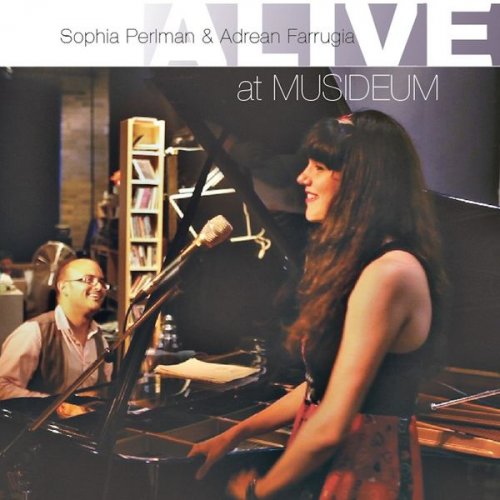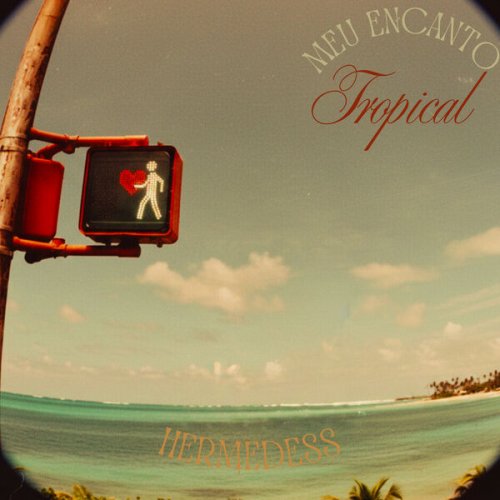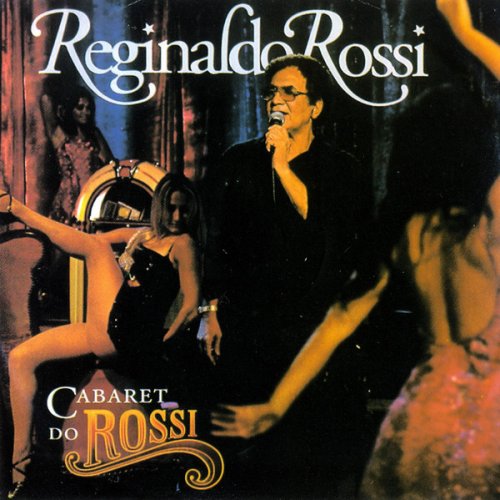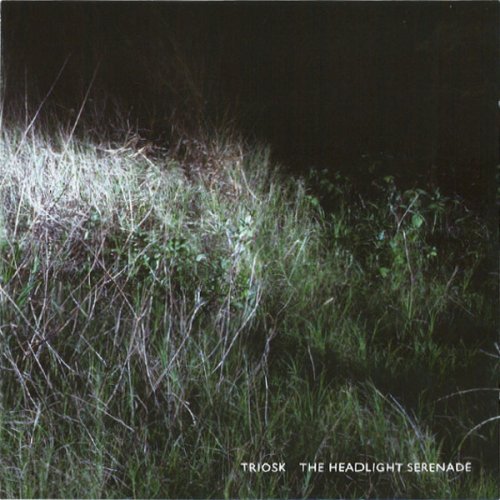Daniel Hill - Schubert: Piano Sonata No. 20, D. 959 - Mussorgsky: Pictures at an Exhibition (2017) [Hi-Res]

Artist: Daniel Hill
Title: Schubert: Piano Sonata No. 20, D. 959 - Mussorgsky: Pictures at an Exhibition
Year Of Release: 2017
Label: Willowhayne Records
Genre: Classical, Piano
Quality: flac lossless / flac 24bits - 96.0kHz +booklet
Total Time: 01:14:11
Total Size: 277 mb / 1 gb
WebSite: Album Preview
TracklistTitle: Schubert: Piano Sonata No. 20, D. 959 - Mussorgsky: Pictures at an Exhibition
Year Of Release: 2017
Label: Willowhayne Records
Genre: Classical, Piano
Quality: flac lossless / flac 24bits - 96.0kHz +booklet
Total Time: 01:14:11
Total Size: 277 mb / 1 gb
WebSite: Album Preview
---------
01. Piano Sonata No. 20 in A Major, D. 959: I. Allegro
02. Piano Sonata No. 20 in A Major, D. 959: II. Andantino
03. Piano Sonata No. 20 in A Major, D. 959: III. Scherzo. Allegro vivace
04. Piano Sonata No. 20 in A Major, D. 959: IV. Rondo. Allegretto
05. Pictures at an Exhibition: Promenade I
06. Pictures at an Exhibition: I. Gnomus
07. Pictures at an Exhibition: Promenade II
08. Pictures at an Exhibition: II. Il vecchio castello
09. Pictures at an Exhibition: Promenade III
10. Pictures at an Exhibition: III. Tuileries (Dispute d'enfants après jeux)
11. Pictures at an Exhibition: IV. Bydlo
12. Pictures at an Exhibition: Promenade IV
13. Pictures at an Exhibition: V. Ballet of the Unhatched Chicks
14. Pictures at an Exhibition: VI. Samuel Goldenberg and Schmuÿle
15. Pictures at an Exhibition: Promenade V
16. Pictures at an Exhibition: VII. Limoges, le marché (La grande nouvelle)
17. Pictures At An Exhibition: Viiia. Catacombæ (Sepulcrum Romanum)
18. Pictures At An Exhibition: Viiib. Con Mortuis In Lingua Mortua
19. Pictures at an Exhibition: IX. The Hut on Fowl's Legs (Baba-Yagá)
20. Pictures at an Exhibition: X. The Great Gate of Kiev
Although these two masterpieces are of differing stylles - the Schhubert (1828) being a 4-movement sonata in the Viennese classical tradition and the Mussorgsky (1874) a sequence of 15 short sections in a deliberately Russian idiom that rejects western European influence, there are parallels between them.
Neither was published until after their composer’s death, the sonata in 1838 and Pictures in 1931, though an edited version by Rimsky-Korsakov had appeared in 1886. Neither work received real appreciation and understanding until the 20th century.
Daniel Hill comments: “My criteria for selecting repertoire to record was two-fold: firstly, that I would be playing music for which I held a deep respect, passion and conviction; and secondly, that they were pieces for which I felt I may be able to do some justice.” Both works, though largely disperate in nature, represent a kind of journey: in the vivid experience of Mussorgsky’s Pictures, this is somewhat overtly so; Schubert, on the other hand, takes us into a profoundly intimate and, at times, transcendental realm. “My hope in making this disc is that I may have found some of that elusive and prescious connection between interpreter and composition.”


![Julius Hemphill - The Boyé Multi-National Crusade for Harmony (2021) [7CD Box Set] Julius Hemphill - The Boyé Multi-National Crusade for Harmony (2021) [7CD Box Set]](https://www.dibpic.com/uploads/posts/2026-01/1767561202_cover.jpg)
![Marlon Duncan & Bobby Gertund - First Morning Light (2026) [Hi-Res] Marlon Duncan & Bobby Gertund - First Morning Light (2026) [Hi-Res]](https://www.dibpic.com/uploads/posts/2026-01/1767778015_cover.jpg)




